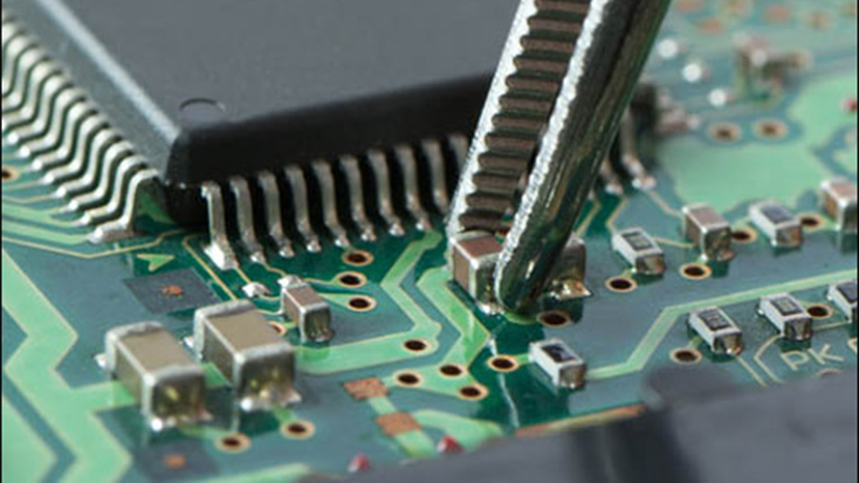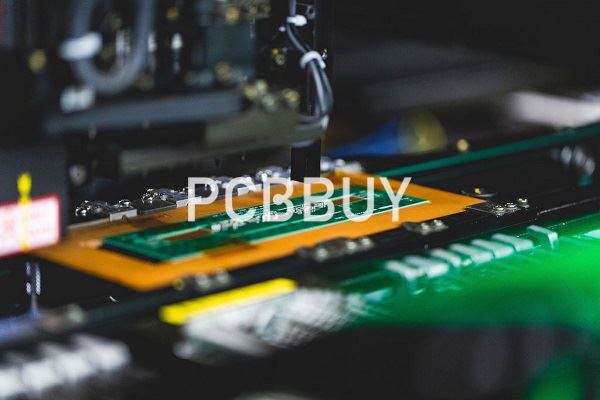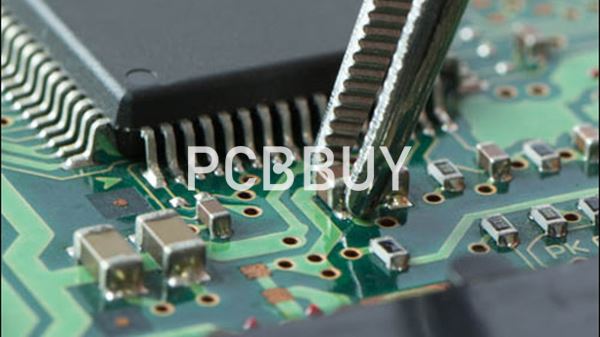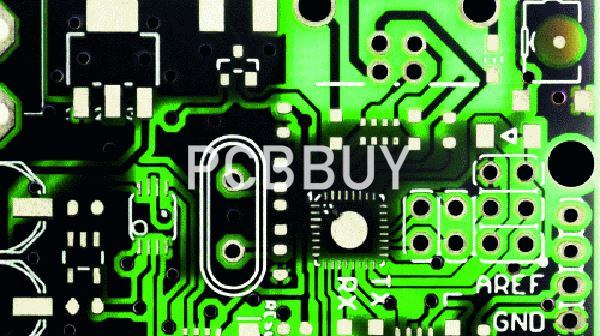What Is Bill of Materials in PCB & What Are the Considerations?
By:PCBBUY 09/20/2022 13:55

The “Bill of Materials”, commonly referred to as the BOM or electrical BOM, is simply a list. In the case of PCB design, the bill of materials is a list of all the needed parts in the manufacturing process to build that specific printed circuit board.
If you are searching for more information of Bill of Materials in PCB, please check and read the passage for the professional knowledge about Bill of Materials in PCB.

What's Included in a Bill of Materials?
There can be many types of information in a PCB BOM, but the parts must have a core set of elements to start with. Here is a list of some of the more core elements that you will see in a PCB BOM:
· Comment: Each part type on the Printed Circuit Board needs to have a unique identifier, or part number, listed as a comment in the bill of materials. Typically a company designated part number is used as the comment, but this is not a requirement. Vendor component part numbers or other designations can be used as instead. An example of a comment could be the company part number “27-0477-03”.
· Description: This is a basic description of the part. In the case of the comment 27-0477-03 listed above, the description could be “CAP 10uF 20% 6.3V”.
· Designator: Each of the individual components on the board will have its own unique reference designator. In the case of the 10uF capacitor, it could be “C27”.
· Footprint: This is the name of the physical CAD footprint used by the part. For instance, C27 could be using a CAD footprint named “CAP-1206”.
What You Need to Know Before Creating a Bill of Materials?
Creating a detailed BOM can take time, so it's tempting to skip this step. Developing one of these records, however, can make your PCB production process more efficient and can prevent costly mistakes, especially when it comes to more complex designs.

Before creating your BOM, you should have the answers to the following questions.
What are you building? Before you move on the BOM step, you should have at least begun the design phase of your project. If you don't, you won't know how to prepare your BOM. You might start compiling information about the parts you need as you design, but you can't start creating a BOM in earnest until you have your design ready. You should have made sure your plan worked as expected and produced a Gerber file, which explains the design information for a PCB to the manufacturer. This step will help you determine what parts to include in your BOM.
How will you manage your BOM? As you create your BOM, it'll likely go through multiple iterations, numerous people may handle it. Before you get started, you should establish a system for managing it and ensuring the latest version is in use. Track changes and create identifiers for different versions. Allow as few people as possible to edit the document, and decide ahead of time who will be responsible for what tasks to avoid confusion.
Who will use it? Because of the range of information this document includes, it's likely multiple departments, including design, engineering, purchasing and manufacturing, will use it during the PCB production process. Having an idea of who will need your BOM will help you include the correct information.
What information will you include? You don't need to know the specifics at this point, but you should know what categories you want to include in your document. Every BOM should consist of some basics, such as part name and quantity, but other items are optional. You need to decide if you'll include consumables — for example, glue and bolts. Do you have a preference for suppliers to buy parts from? Keep in mind, though, the best practice is to make your BOM as detailed and complete as possible.
What is the purpose of the bill of materials?
We now have a basic idea about what BOM is for PCBs. Let’s have a look at the main purpose of creating it. See our preferred BOM format.

All the components under a single roof
During the PCB assembly process, a BOM provides information about the components under a single roof such as their quantity, reference designators, footprints, etc. Designers will save lots of time and effort during PCB design by preparing a bill of materials with all the updated parts list. If the BOM is properly updated, then there will not be any chances of redesign during the later stages. Hence, an updated BOM saves time and effort.
Cost estimation
As explained earlier, a bill of materials is a file that has all the components required for assembling a circuit board. Cost estimation is a major decision when it comes to PCB projects. When the designers are in the initial stages of figuring out how many boards they need and the parts required for those boards, a BOM list can be really helpful.
Now, most of the time designers have a tough time meeting the target cost of the whole project. Analyzing their BOMs, they can figure out the availability and cost of different components. Hence they can alter their design in the initial stages as required to fit in the target cost range.
Most of the PCB manufacturers these days offer BOM tools that run this cost estimation check with different vendors. These tools compare the parts mentioned in the list with the real-time stocks available with their specified vendors. BOM tools also let the designer know whether a certain part is available for purchase or not. If not, alternate part numbers with the same specifications will be suggested. The discounted prices are considered when it comes to bulk ordering of components. Hence, these tools are very helpful for cost estimation.
Industry Category











